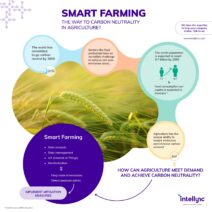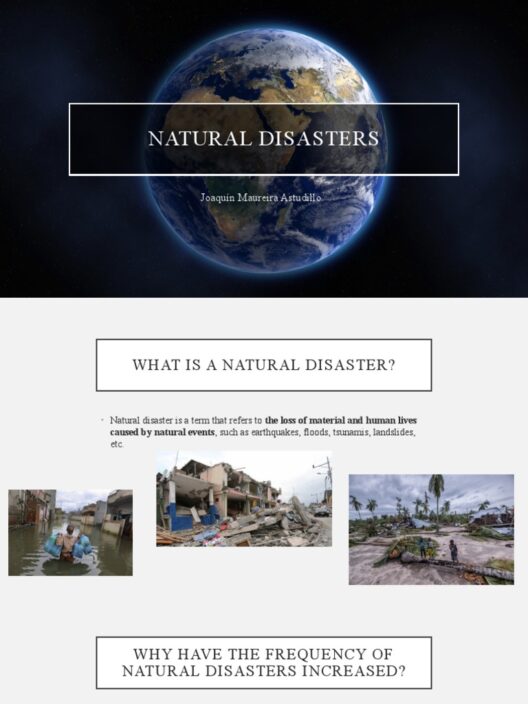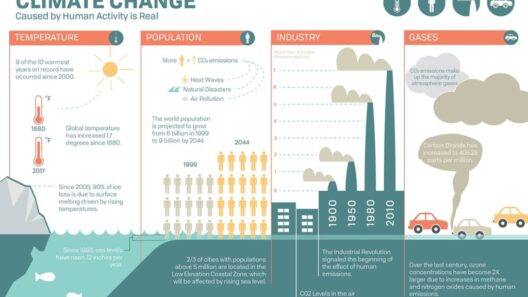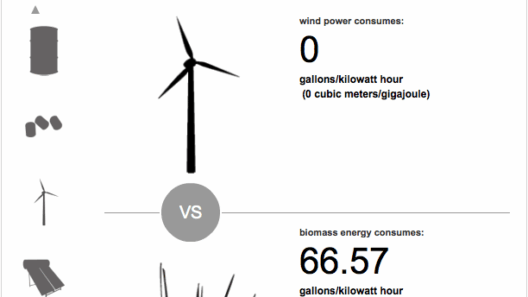Global warming remains one of the most pressing challenges facing humanity today. The rise in global temperatures, caused largely by greenhouse gas emissions, poses existential threats to ecosystems, economies, and human societies. Among the various strategies employed to combat this phenomenon, reforestation stands out as an effective and natural solution. Planting trees is not merely a noble endeavor; it is a scientifically-backed intervention capable of significantly mitigating climate change.
At the crux of the ability of trees to combat global warming lies their role in the carbon cycle. Trees absorb carbon dioxide (CO₂) during the process of photosynthesis, a mechanism that transforms this greenhouse gas into biomass—essentially, the very wood, leaves, and roots that constitute the tree. This sequestration of carbon from the atmosphere acts as a buffer against rising CO₂ levels, which are intricately linked to temperature increases. It is estimated that a mature tree can absorb approximately 48 pounds of CO₂ each year, contributing to a substantial reduction of atmospheric carbon levels over time.
However, the benefits of trees extend far beyond their carbon-absorbing capabilities. Forests are complex ecosystems that provide habitats for unimaginable biodiversity. The intricate interplay of flora and fauna within these ecosystems can contribute to resilience against climate-induced disturbances. When trees are planted in deforested or degraded areas, they help restore biodiversity, enhancing the resilience of local ecosystems. Rich biodiversity, in turn, strengthens ecosystem services such as pollination, soil fertility, and nutrient cycling, which are critical to sustaining life.
Moreover, trees play a pivotal role in regulating local climates. Through the process of transpiration—whereby trees release water vapor into the atmosphere—forests help moderate temperatures and increase humidity. This can have a cooling effect on the environment, counteracting the urban heat island effect often felt in densely populated areas. Tree canopies provide shade, which not only lowers surface temperatures but also reduces energy consumption for cooling buildings and homes. This is particularly salient as global populations gravitate towards urbanization, with over half of the world’s population now residing in cities.
In addition to their immediate cooling effects, reforestation can also influence precipitation patterns. There is a growing body of evidence suggesting that large forested areas can alter rainfall distribution through the interception of moisture-laden winds. Thus, planting trees can engender a more favorable microclimate for agriculture, especially in regions that are increasingly susceptible to drought. By fostering sustainable farming practices within these newly restored landscapes, communities can secure food sources while simultaneously contributing to the reduction of atmospheric CO₂.
Another dimension of how trees combat global warming is through soil enhancement. Trees improve soil quality through their root systems, which create channels for air and water to penetrate. This not only promotes healthier soil but also increases its capacity to store carbon. The organic matter produced by decomposing leaves and fallen branches enriches the soil, creating a robust substrate that supports agriculture and plant growth. Implementing agroforestry practices complements reforestation efforts, as tree cultivation alongside crops enhances productivity while sequestering carbon in the soil.
Planting trees is not solely an environmental endeavor; it is intrinsically linked to social justice and economic development. Communities that engage in reforestation often experience economic upliftment through the generation of jobs in tree planting and maintenance. Furthermore, sustainable forestry can yield valuable products such as timber, fruits, nuts, and medicinal plants, offering economic incentives for local populations. These benefits not only encourage cooperation among community members but also engender a sense of stewardship towards their natural surroundings.
Nevertheless, it is crucial to approach reforestation with a nuanced understanding of the local ecologies and social contexts. Not all tree planting initiatives are inherently beneficial; the introduction of non-native species may disrupt local ecosystems. Therefore, rehabilitation efforts should prioritize indigenous trees that support local wildlife and align with the culture of the communities involved. Collaboration with local stakeholders ensures that reforestation projects are contextually appropriate and enjoy community support, thereby maximizing their chances of success.
Additionally, while the act of planting trees is essential, it is equally important to protect existing forests. Deforestation remains a significant contributor to greenhouse gas emissions and biodiversity loss. Initiatives aimed at reducing deforestation, such as sustainable land management practices, legal protections for forests, and responsible consumption, must go hand-in-hand with reforestation efforts. This dual approach can create a synergistic effect, where restoring degraded ecosystems and conserving existing forests work collectively to combat climate change.
As global awareness of climate change escalates, individual and collective actions can contribute to impactful change. Community-driven reforestation programs, corporate commitments to sustainability, and government policies emphasizing carbon neutrality all serve as mechanisms through which society can embrace the power of trees. Engaging in reforestation not only helps counterbalance carbon emissions but also fosters a deeper connection between humanity and nature, paving the way for future generations to inherit a healthier planet.
In conclusion, the act of planting trees transcends mere environmental benefit; it is a multi-faceted solution to the global crisis of climate change. Through carbon sequestration, biodiversity enhancement, climate regulation, soil improvement, and socio-economic upliftment, reforestation emerges as a critical strategy in the arsenal against global warming. By recognizing the inherent value of trees, society can forge a sustainable path toward ecological restoration and climate resilience, reaping the rewards of renewed ecosystems for years to come.







